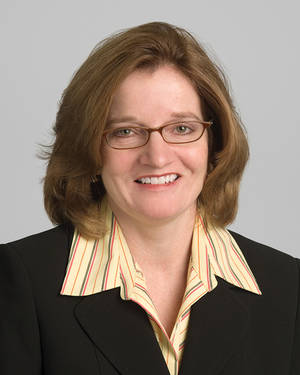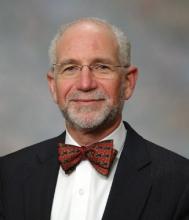Children with neurological impairment – especially epilepsy – accounted for more than 21% of all hospital charges in 2006, and their impact on children’s hospitals is growing as utilization shifts to those facilities, according to a retrospective, cross-sectional analysis of multiple years of the Kids’ Inpatient Database.
As more resources are used by children with neurological impairment, particularly at children’s hospitals, the institutions will need to make sure that they provide adequate staffing and education to treat these vulnerable children, Dr. Jay G. Berry of Children Hospital Boston and his coauthors recommended in the study, published online Jan. 17 in PLoS Medicine.
"Children’s hospitals, in particular, will need to ensure that (1) adequate clinical and coordinated expertise is focused on the needs of these children, (2) neurological impairment clinical assessment and care management training is developed for trainees and junior graduates in pediatric postgraduate educational programs, (3) partnerships between families of children with [neurological impairment] and hospitals are developed and implemented, and (4) care treatment strategies of both nervous and non-nervous-system problems are rigorously evaluated for these children," the authors wrote.
Dr. Jeffrey Buchhalter, pediatric neurologist at Phoenix Children’s Hospital, said in an interview that the study provides real data on trends that he’s seen in his own institution.
"It’s confirmed for me my clinical suspicions that these are very frequent admissions and very expensive admissions. The bulk of the admissions relate to epilepsy," he said. There are several reasons this could be happening, including increased incidence of neurological impairment, increased severity of the conditions, and an increased desire to deliver medical care, he said.
The investigators analyzed data from more than 25.7 million hospitalizations in the years 1997, 2000, 2003, and 2006 in the Kids’ Inpatient Database. They found that the proportion of hospitalizations attributable to children with neurological impairment – 5.3% in 2006 – did not change significantly over time (PLoS Med. 2012 Jan. 17 [doi:10.1371/journal.pmed.1001158]).
But even though children with neurological impairment represented less than 6% of admissions during that period, they accounted for a significant rise in the proportion of hospital bed days from 12.9% in 1997 to 13.9% in 2006. There was a statistically insignificant rise in hospital charges for children with neurological impairment across all hospitals during this period from 20.8% to 21.6%, the investigators found.
Between 1997 and 2006, the proportion of hospitalizations attributable to children with neurological impairment decreased within non-children’s hospitals, from 3% in 1997 to 2.5% in 2006, but increased within children’s hospitals from 11.7% in 1997 to 13.5% in 2006.
The proportion of bed days at children’s hospitals for children with neurological impairment also grew from 21.8% in 1997 to 25.0% in 2006. Their proportion of hospital charges rose in parallel from 27.1% to 29.0%.
More than 52% of admissions involved a diagnosis of epilepsy. Almost 16% involved a diagnosis of cerebral palsy.
The study’s authors speculated that patients may be gravitating toward children’s hospitals because most U.S. child neurologists work within those hospitals, and multi-disciplinary care coordination clinics have emerged to provide comprehensive care to children with neurological impairment.
In addition, the study found a trend of rising hospitalizations in adolescent children with neurological impairment that was greater than that for children without neurological impairment. Hospitalizations for children aged 13-18 years with neurological impairment rose 27.8% between 1997 and 2006, compared with a decrease of 8.4% among same-aged children without neurological impairment.
The authors said it’s possible that problems with transitioning care from pediatric specialists to adult providers could contribute to this trend.
"U.S. physicians have demonstrated deficiencies in working knowledge of the most common forms of neurological impairment, and negative provider attitudes toward this population are associated with substandard acute care practices," the authors wrote. "Parents of adolescents with neurological impairment report this as a contributing factor that complicates the transfer of their child’s health care from pediatric to adult providers."
Dr. Buchhalter said that another way to look at the situation portrayed by the study is to consider it "as a failure of ambulatory care," adding that more child neurologists are needed to care for these patients. However, he said, "it’s all a matter of funding being available to support residencies and fellowships." In addition, "reimbursement to be a child neurologist is falling, since it’s mainly a cognitive specialty," and that leads to fewer medical students pursuing a career in child neurology, he said.
"What these children need is people to think about and organize their care," Dr. Buchhalter said. "There’s enormous variation in care, and we need evidence-based care guidelines. There’s also a great need for multi-disciplinary care for these children, but that’s not reimbursed well."



